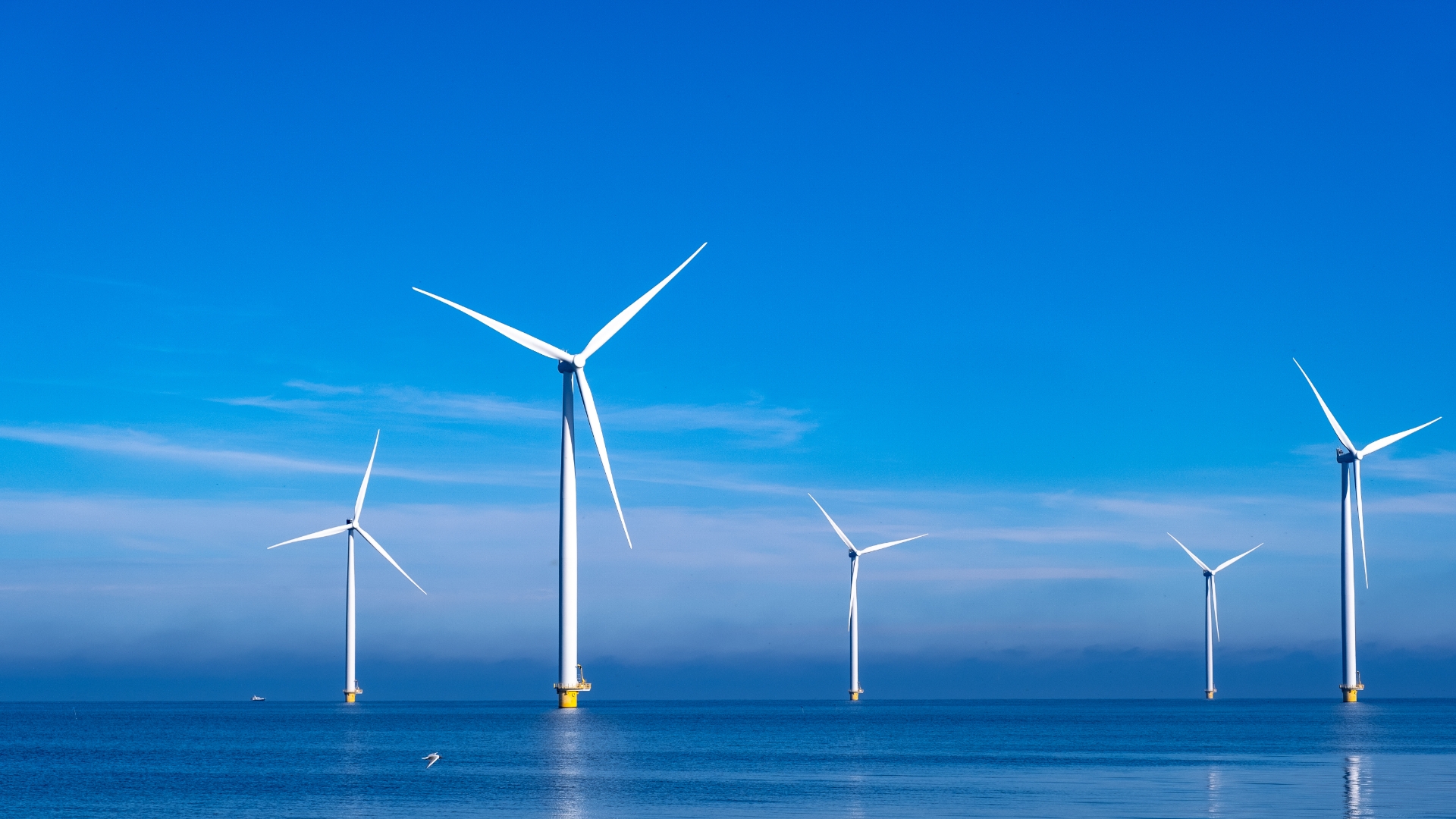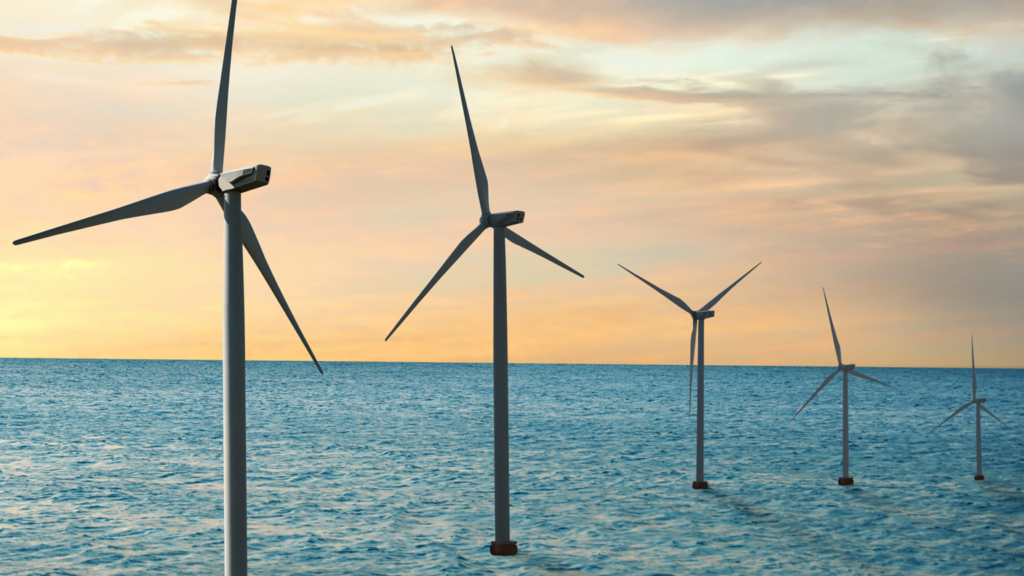The implementation of offshore wind farm projects in the Baltic Sea is not only a groundbreaking undertaking for our company but also a significant contribution by Polenergia to Poland’s energy transition. We are proud to support the competitiveness of the national economy while driving development through the scale of our investments. Our projects are perfectly aligned with the EU’s ambitious climate goals and thus help build a greener future for generations to come. At Polenergia, we have been undertaking actions for years that shape a modern, low-emission economy and serve as a driving force for sustainable development in our country. Thanks to our latest strategy, these efforts will gain even more strength.
- Polenergia Group
- ESG report
- Social engagement and biodiversity actions report of the Polenergia Group
- Good practices
- Meet the Polenergia Group
- Business Strategy
- Polenergia Group Sustainable Development Strategy 2025-2030
- Compliance with 10 principles of the UN Global Compact
- Business Activity of Polenergia Group
- Values and Code of Ethics
- Partnerships
- About ESG site, contact
- Environment
- Society
- Management


